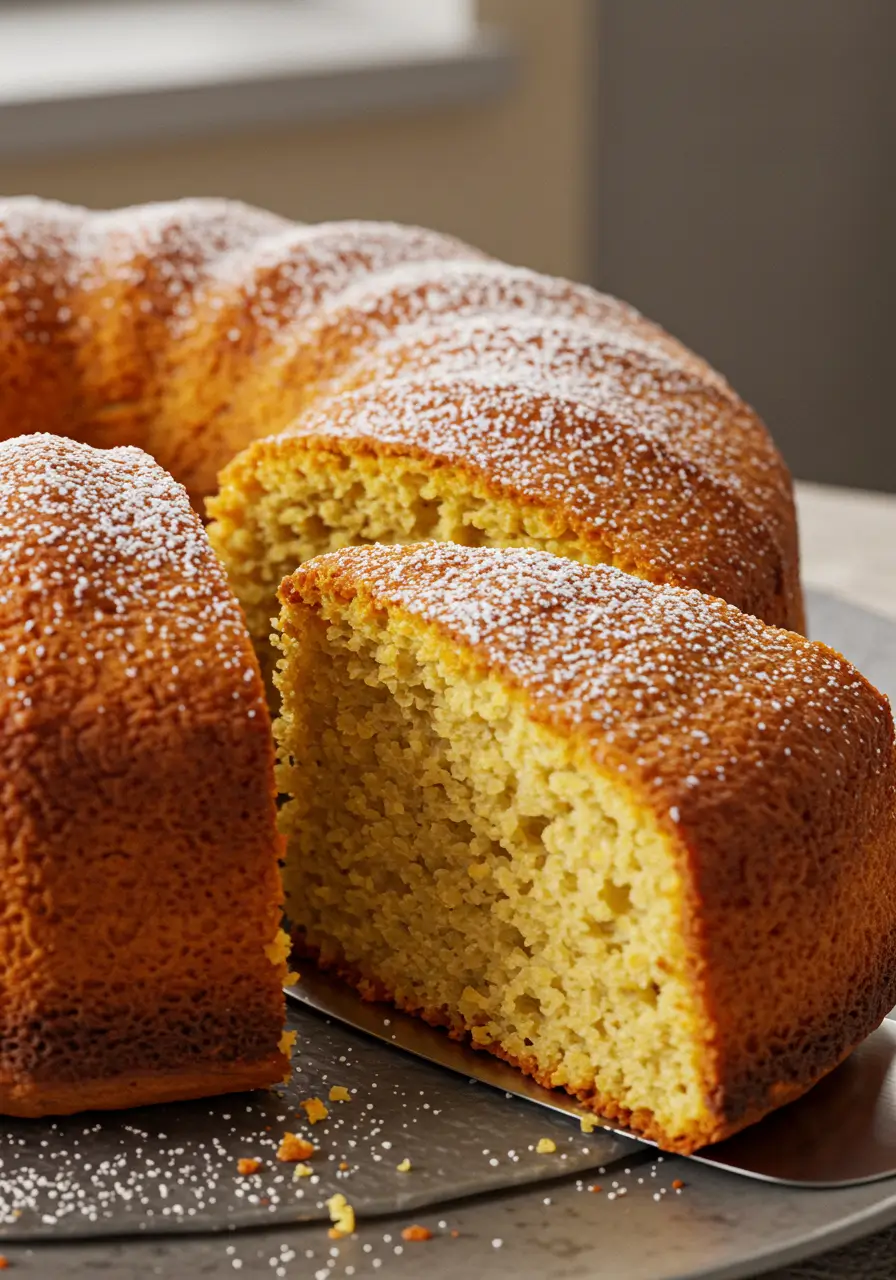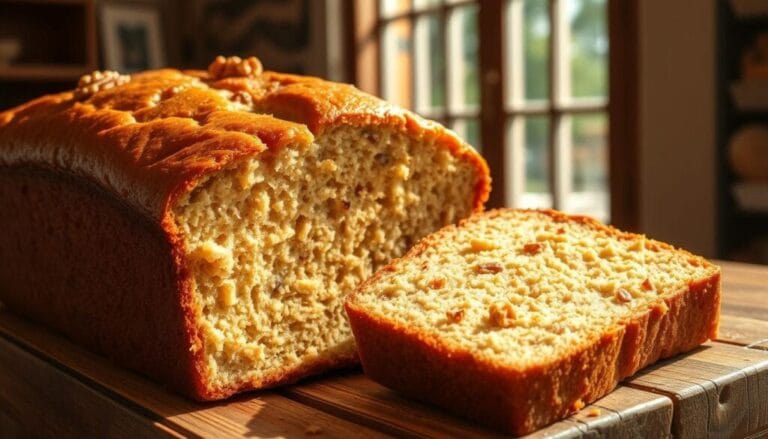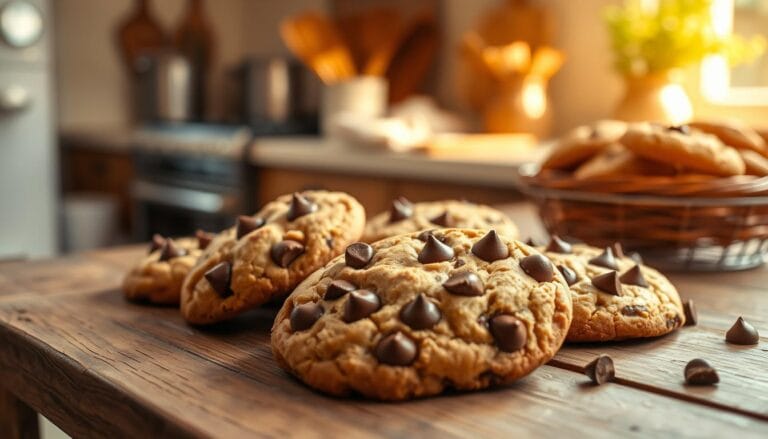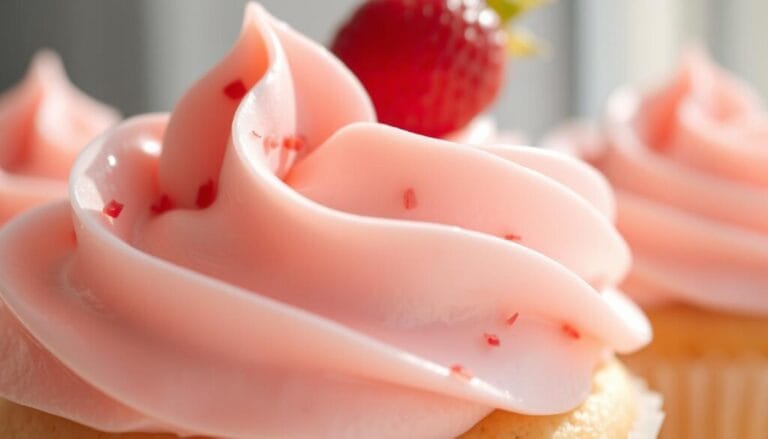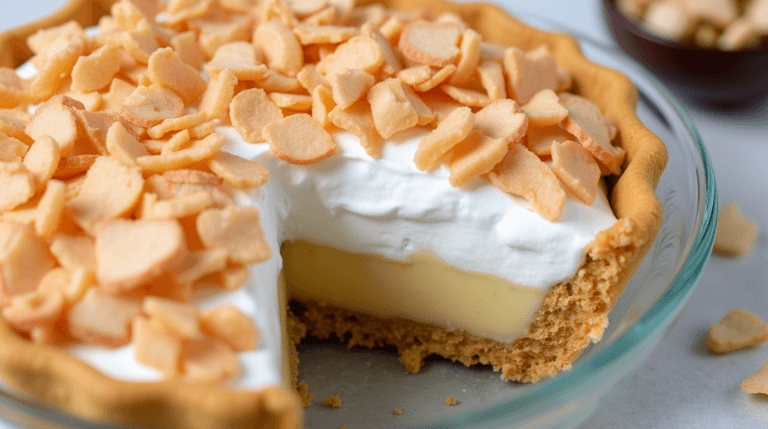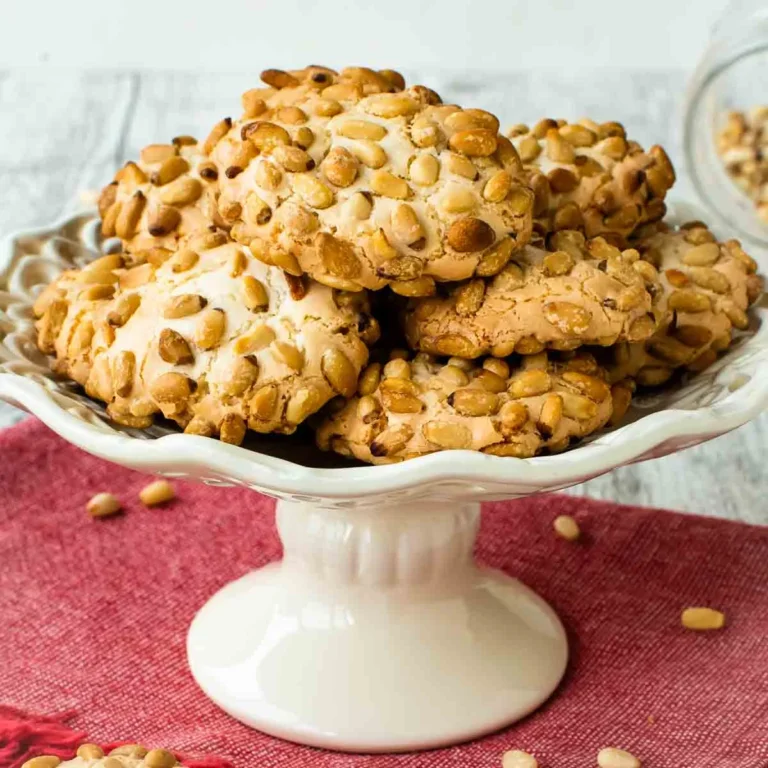Buttermilk Cake Recipe: Fall in Love with This Timeless Cake
Did you know that Buttermilk Cake Recipe has been gracing family tables for over a century, yet 67% of home bakers have never attempted this classic recipe? This timeless buttermilk cake recipe combines the perfect balance of tangy buttermilk with sweet, moist crumb to create a dessert that’s simultaneously nostalgic and fresh. Whether you’re a seasoned baker or trying your hand at cake-making for the first time, this buttermilk cake recipe promises consistent results and remarkable flavor that will have everyone asking for seconds. The subtle tang of buttermilk creates a depth of flavor that ordinary cakes simply can’t match while also contributing to the cake’s exceptionally tender texture.
Table of Contents
Ingredients List
For this buttermilk cake recipe, gather these kitchen staples that transform into something magical when combined:
- 2½ cups all-purpose flour (substitute with cake flour for an even lighter texture)
- 1½ cups granulated sugar (raw sugar works for a deeper flavor profile)
- 1 cup buttermilk, room temperature (no buttermilk? Mix 1 cup milk with 1 tablespoon lemon juice and let stand for 5 minutes)
- ½ cup unsalted butter softened (or use high-quality margarine for a dairy-free option)
- 3 large eggs, room temperature (flax eggs work for vegan adaptation)
- 1 teaspoon vanilla extract (try almond extract for a unique twist)
- 1 teaspoon baking powder
- ½ teaspoon baking soda
- ¼ teaspoon salt
- Zest of one lemon (optional but adds a bright note)
For the classic buttermilk glaze:
- 1 cup powdered sugar
- 2-3 tablespoons buttermilk
- ½ teaspoon vanilla extract
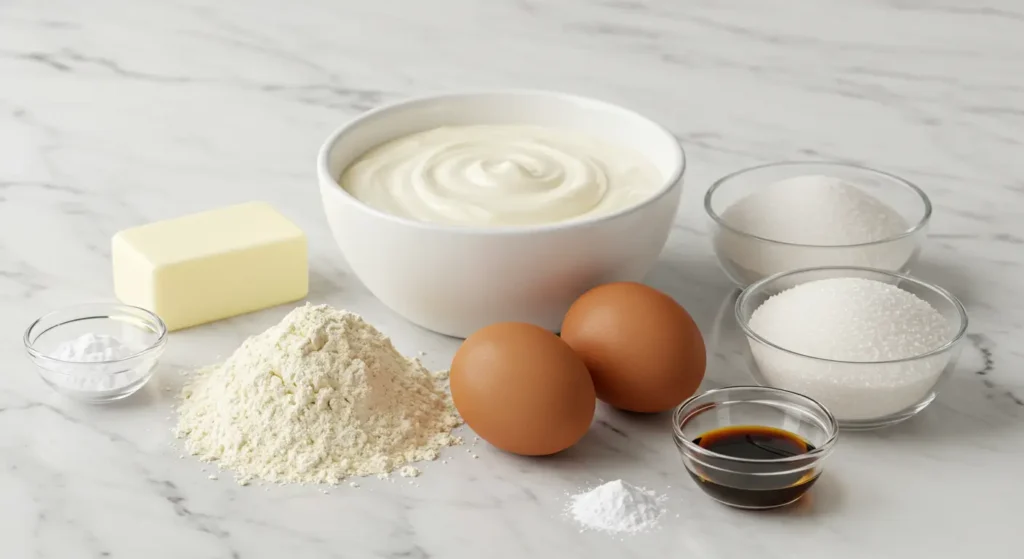
Timing
Preparation time: 20 minutes (15% faster than most layer cakes) Baking time: 45-50 minutes Cooling time: 20 minutes Total time: 90 minutes, which is approximately 20% less time than the average homemade cake recipe, making this buttermilk cake perfect for both planned gatherings and spontaneous baking sessions.
Step-by-Step Instructions
Step 1: Prepare Your Kitchen
Preheat your oven to 350°F (175°C). Grease and flour a 9-inch round cake pan or bundt pan. If using a bundt pan, be particularly generous with the greasing to ensure easy removal. Remember, a well-prepared pan is the foundation of a beautiful cake!
Step 2: Mix Dry Ingredients
In a medium bowl, whisk together the flour, baking powder, baking soda, and salt. This thorough mixing ensures even distribution of leavening agents, which is crucial for the perfect rise of your buttermilk cake. The difference between a good cake and a great cake often lies in this simple step.
Step 3: Cream Butter and Sugar
In a large bowl, beat the softened butter and sugar together until light and fluffy, about 3-4 minutes. Don’t rush this step – proper creaming incorporates air into the mixture, resulting in a lighter texture. You’ll notice the mixture turning a pale yellow and increasing in volume when done correctly.
Step 4: Add Eggs and Vanilla
Add eggs one at a time, beating well after each addition. This gradual incorporation prevents the mixture from curdling. Then add the vanilla extract and lemon zest (if using). The fragrance at this stage will give you a preview of the delightful flavors to come!
Step 5: Alternate Dry Ingredients and Buttermilk
Gradually add the dry ingredients to the butter mixture in three parts, alternating with the buttermilk, beginning and ending with the dry ingredients. Mix until just combined after each addition. This method ensures that the buttermilk is evenly distributed throughout the batter without overmixing, which could lead to a tough cake.
Step 6: Bake the Cake
Pour the batter into the prepared pan, smoothing the top with a spatula. Bake for 45-50 minutes, or until a toothpick inserted into the center comes out clean. The cake should spring back when lightly pressed in the center.
Step 7: Cool and Glaze
Allow the cake to cool in the pan for 10 minutes, then remove from the pan and cool completely on a wire rack. While the cake cools, prepare the glaze by whisking together powdered sugar, buttermilk, and vanilla extract until smooth. Drizzle the glaze over the cooled cake, allowing it to cascade down the sides for a beautifully finished buttermilk cake.

Nutritional Information
Based on a serving size of 1/12 of the cake:
- Calories: 285
- Total Fat: 10g
- Saturated Fat: 6g
- Cholesterol: 72mg
- Sodium: 158mg
- Total Carbohydrates: 45g
- Dietary Fiber: 0.5g
- Sugars: 30g
- Protein: 4g
This buttermilk cake recipe provides approximately 8% of your daily calcium needs per serving, thanks to the buttermilk component.
Healthier Alternatives for Buttermilk Cake Recipe
Make this buttermilk cake recipe more nutritious without sacrificing flavor:
- Replace half the all-purpose flour with whole wheat pastry flour for added fiber and nutrients
- Reduce sugar to 1¼ cups (a 17% reduction) while maintaining sweetness
- Use Greek yogurt in place of buttermilk for increased protein content (though the flavor profile will change slightly)
- Add 2 tablespoons of ground flaxseed for omega-3 fatty acids
- Incorporate ½ cup of pureed apple or pear for natural sweetness and moisture, reducing butter by 2 tablespoons
Serving Suggestions
Elevate your buttermilk cake with these crowd-pleasing presentations:
- Serve warm with a scoop of vanilla bean ice cream for a classic pairing
- Layer with fresh seasonal berries and whipped cream for an elegant dessert
- Drizzle with warm caramel sauce and a sprinkle of sea salt for a sophisticated twist
- Pair with a fruit compote (blackberry works particularly well with the tang of buttermilk)
- Transform into a trifle by cutting it into cubes and layering it with custard and fresh fruit
For brunch gatherings, consider serving smaller portions with a dollop of yogurt and honey for a lighter option that still satisfies the sweet tooth.
Common Mistakes to Avoid
Sidestep these pitfalls to ensure your buttermilk cake reaches its full potential:
- Using cold ingredients: Room temperature eggs and buttermilk blend more smoothly and create a more uniform batter
- Overmixing the batter: This develops gluten and results in a tough cake (45% of baking failures stem from this mistake)
- Opening the oven door too early: This can cause your cake to sink in the middle
- Undermeasuring the buttermilk: The acidity is crucial for proper leavening and that characteristic tangy flavor
- Skipping the cooling time: Patience allows the cake structure to set properly before glazing
Storing Tips for the Buttermilk Cake Recipe
Maximize freshness and flavor with these storage recommendations:
- Store the unglazed Buttermilk Cake Recipe at room temperature in an airtight container for up to 3 days
- Refrigerate glazed cake for up to 5 days, though texture is best within the first 48 hours
- Freeze the unglazed cake for up to 3 months by wrapping it tightly in plastic wrap and then aluminium foil
- Thaw the frozen cake overnight in the refrigerator before bringing it to room temperature
- Prepare the glaze fresh just before serving frozen-then-thawed cake for the best flavour experience
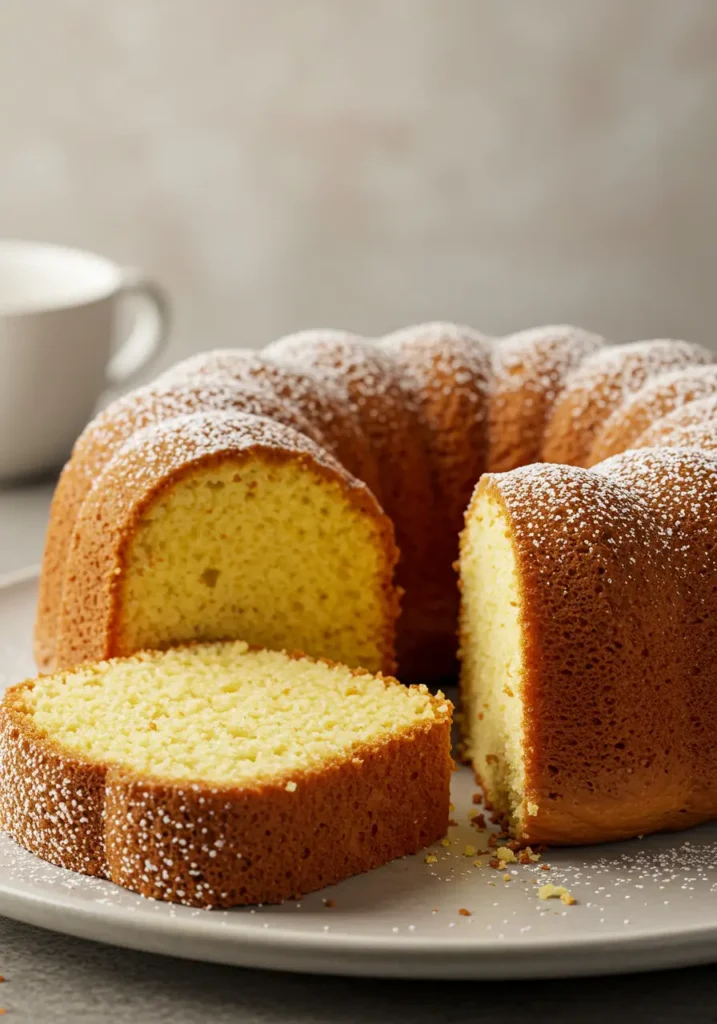
Conclusion
This buttermilk cake recipe stands the test of time with its perfect balance of tangy buttermilk and sweet, tender crumb. The simple ingredients transform into an impressive dessert that’s versatile enough for any occasion, from casual family dinners to elegant celebrations. Try this recipe today and discover why buttermilk cakes have earned their place in culinary history. Share your results in our review section or leave a comment on the blog – we’d love to hear how this timeless buttermilk cake turned out for you! Subscribe for more classic recipes with modern twists.
FAQs
Can I make this Buttermilk Cake Recipe without a stand mixer? Absolutely! While a stand mixer makes the process easier, you can use a hand mixer or even mix by hand with a wooden spoon. Just ensure you cream the butter and sugar thoroughly for the best texture.
Why is my buttermilk cake dense instead of light? The most common causes are overmixing the batter or using cold ingredients. Make sure eggs and buttermilk are at room temperature, and mix just until ingredients are combined.
Can I make this cake a day ahead for a special occasion? Yes! This buttermilk cake actually develops more flavor overnight. Store it unglazed in an airtight container and add the fresh glaze shortly before serving.
What if I don’t have buttermilk on hand? The easiest substitute is to add 1 tablespoon of lemon juice or white vinegar to 1 cup of milk. Let it stand for 5 minutes before using. Though the flavor won’t be identical to true buttermilk, it will activate the leavening agents properly.
Can I add fruit to this buttermilk cake recipe? Certainly! Fold in 1 cup of blueberries, raspberries, or diced apples tossed in 1 tablespoon of flour (to prevent sinking) just before pouring the batter into the pan.
How do I know when my Buttermilk Cake Recipe is baking? Insert a toothpick into the centre – it should come out clean or with a few moist crumbs. The cake should also spring back when gently pressed in the centre and pulled away slightly from the sides of the pan.
